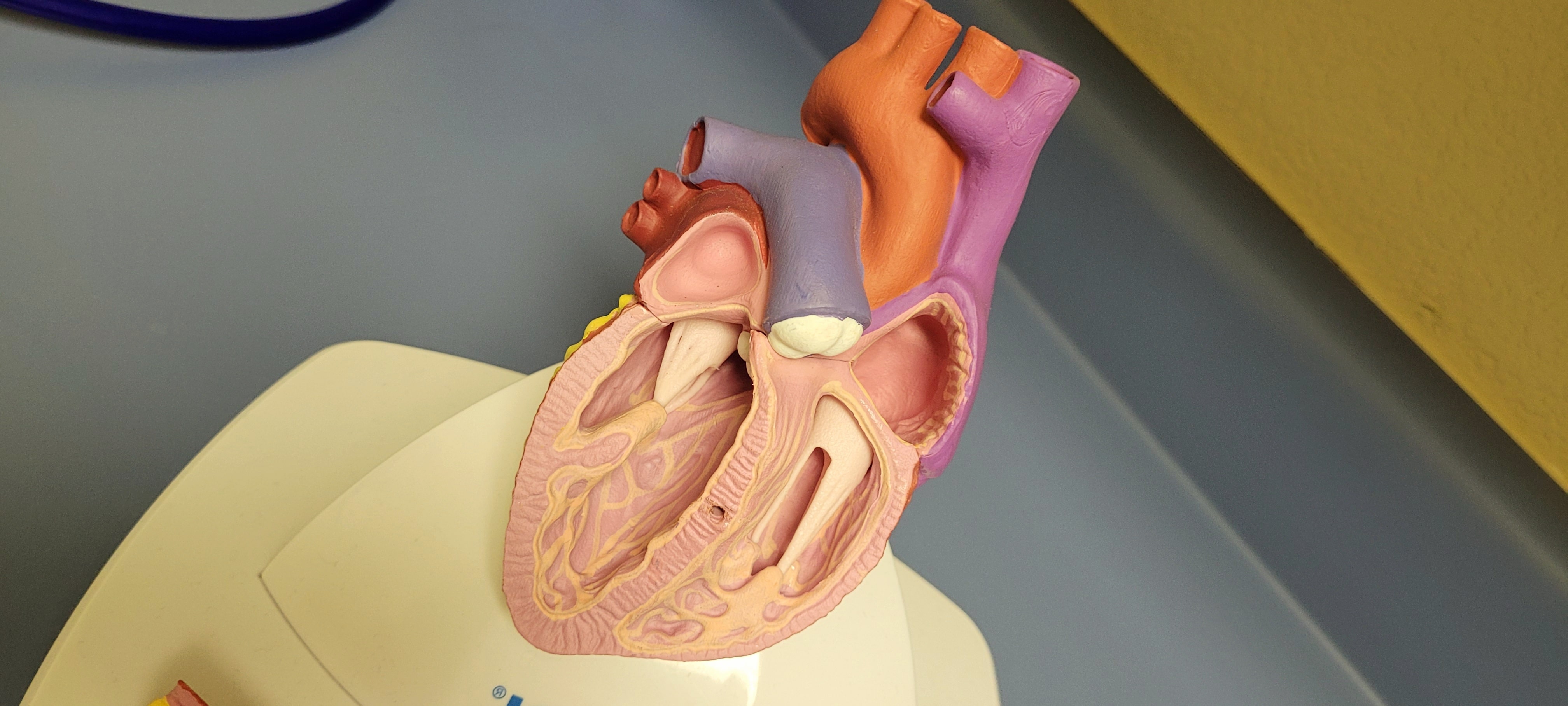Next Steps After a Diagnosis of Infective Endocarditis
Posted by: Tampa Cardio
On: April 10, 2024

Being diagnosed with infective endocarditis can be an overwhelming experience. This serious infection affects the heart’s inner lining and usually involves heart valves. It requires prompt medical attention, and understanding the condition is the first step towards effective management. Here’s what you should know and what to expect next.
Understanding Infective Endocarditis
Infective endocarditis (IE) is typically caused by bacteria or fungi that enter the bloodstream and attach to areas of the heart that have been damaged or are abnormal. This infection can lead to severe complications if left untreated, including damage to the heart valves and other structures, leading to heart failure, arrhythmias, or even systemic effects such as stroke due to the possible formation of clots.
How is Infective Endocarditis Diagnosed?
Doctors diagnose IE using a combination of medical history, physical examinations, and tests. The most common test is an echocardiogram, which uses sound waves to create an image of your heart, allowing the doctor to see if there is any evidence of infection. Blood cultures are also crucial to identify the type of organism causing the infection. Additional tests may include electrocardiograms (ECG), chest X-rays, or CT scans.
How is Infective Endocarditis Treated?
Treatment for IE usually involves a prolonged course of intravenous (IV) antibiotics. In some cases, antifungal medications are required if the infection is fungal. These treatments aim to eradicate the microorganisms causing the infection. Hospitalization is typically necessary for antibiotic therapy and monitoring of the infection’s response to treatment.
In more severe cases, or when the infection has caused significant damage, surgery may be required to repair or replace the affected heart valve. Your care team will assess the best course of action based on the location and extent of the infection, as well as your overall health.
Next Steps in Managing Your Condition
1. Follow Treatment Plans Rigorously: Compliance with your treatment regimen is paramount. Make sure to attend all appointments and complete all medications as prescribed, even if you start to feel better.
2. Monitor Your Symptoms: Be vigilant for any signs that may suggest complications or ineffective treatment, such as fever, chills, night sweats, or an increase in symptoms, and report these to your healthcare provider immediately.
3. Healthy Lifestyle Habits: Maintain a heart-healthy lifestyle. This includes eating a balanced diet, engaging in regular physical activity as advised, managing stress, and avoiding tobacco and excessive alcohol use.
4. Oral Hygiene: Good oral health is important. Brush and floss regularly and have routine dental check-ups, as poor dental health can be a source of bacteria causing infective endocarditis.
5. Inform Your Healthcare Providers: All your healthcare providers should be aware of your condition, especially before undergoing any procedure that might introduce bacteria into your bloodstream, such as dental work or surgeries.
6. Look Out for Drug Interactions: If you are taking other medications, make sure to discuss potential interactions with your treatment for infective endocarditis.
7. Education and Support: Equip yourself with information about your condition and reach out to support groups if you need help coping with the diagnosis and treatment.
Remember, recovery and management of infective endocarditis require time and patience. Keep open communication with your healthcare team and adhere to the treatment and lifestyle advice given. With proper care, most people with infective endocarditis can recover and return to normal life activities.
If you need a cardiology team to work with you, please consider Tampa Cardiovascular Associates of Tampa, Fl. www.TampaCardio.com. Give us a call at 813-975-2800 to schedule your appointment and consultation.
Posted by: Tampa Cardio
On: 10/04/2024
